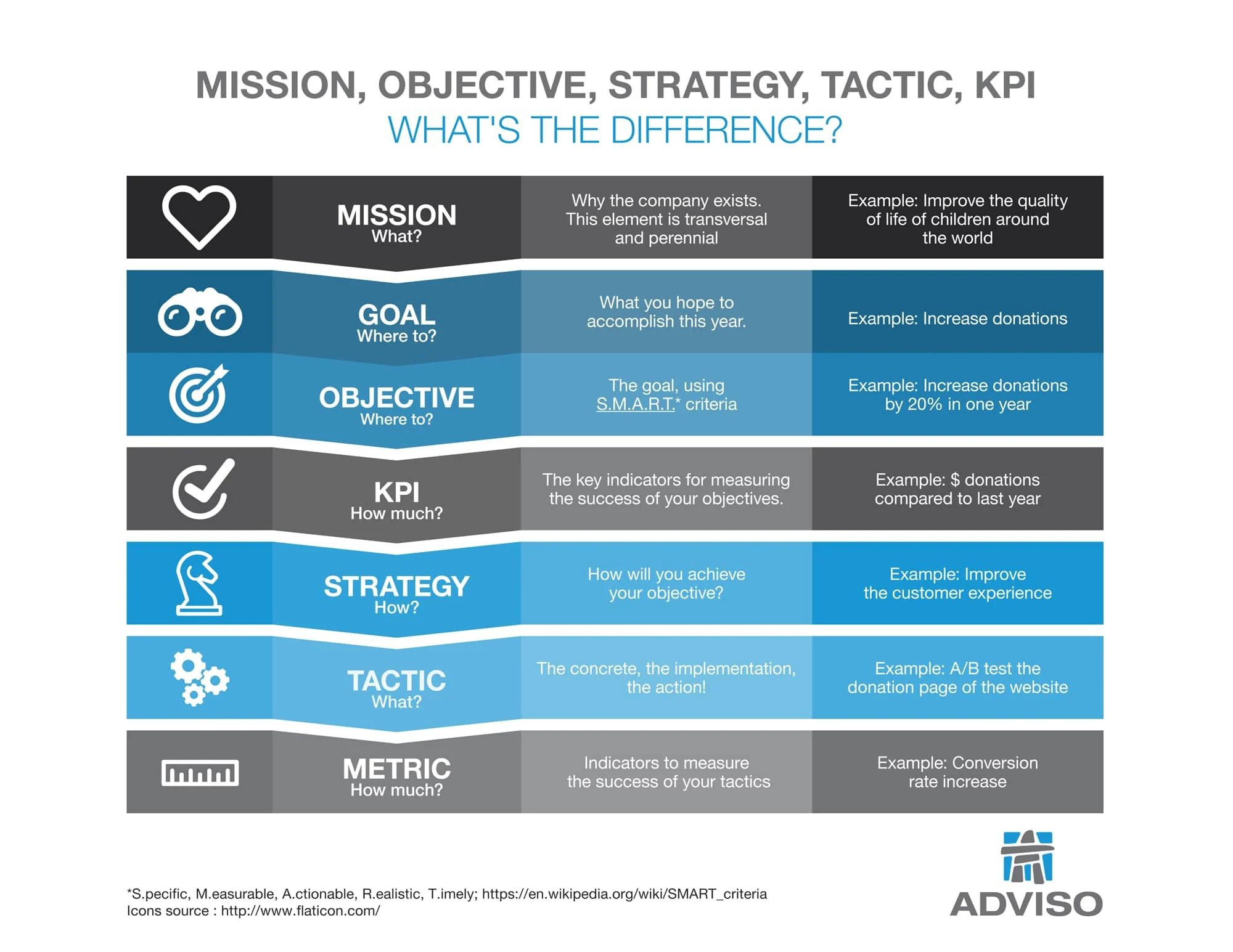
Introduction
Sometimes people tell me that Agile marketing is too tactical and incompatible with marketing strategy. The implication is that marketing strategy is more important and deserves more focus.
In my opinion, Agile marketing is not incompatible with marketing strategy. Marketing strategy should inform Agile marketing, and Agile marketing should inform marketing strategy. They complement each other.
Marketing Strategy Should Inform Agile Marketing
Sometimes teams adopt Agile marketing as a way to get more done. The demands on marketing from stakeholders overwhelm marketers’ ability to get all requests done. Rather than say no to some requests, they use Agile marketing to get more done with less or the same resources.
This approach to Agile marketing as a productivity hack is fine as long as all the requests are aligned with strategy and deliver value to the customer or the business. Often, this isn’t the case.
How do you align tactics with strategy and ensure that your marketing strategies inform Agile Marketing?
Tip One: Visualize the Relationship Between Deliverables and Strategies
The marketing owner should tie almost every marketing deliverable in your backlog to one or more marketing strategies. The team can visualize the relationship between deliverables and strategic initiatives in several ways. One approach is to color-code the card representing the deliverable. Each strategic initiative has a different color, making it clear at a glance which deliverables relate to which initiatives.
Teams sometimes visualize the relationship between deliverables and strategic initiatives by putting deliverables in different swimlanes by initiative, as shown in the image below.

Each initiative has its own swim lane in the Ready to Start column. There is also a swim lane for Business as Usual (BAU). Anyone looking at the board is reminded of the strategic initiatives and can see at a glance what the team is working on that contributes to each initiative.
Tip Two: Reduce or Eliminate Business as Usual (BAU)
Teams should question business as usual (BAU) or Maintenance of Business (MOB) tasks. Are they necessary? Are they more important than doing work that contributes to achieving the critical strategies of the business? Measure how much BAU work your team is doing. You can’t eliminate all BAU, but it should be less than 50% of your workload, preferably lower.
Use the time recovered by doing less BAU to focus on strategic initiatives.
Tip Three: Build Strategic Initiatives into All of Your Ceremonies
When you construct the agendas for your Agile ceremonies, whether they be Sprint planning sessions, PI planning, Kanban replenishment meetings, Sprint Reviews, or Sprint Retrospectives, build the schedule around strategic initiatives. For example, in PI Planning, review the state of each strategic initiative and ask teams to highlight the relationship between their plans and initiatives. If any one initiative is not receiving enough attention or the teams come back with work that doesn’t relate to strategic initiatives, discuss and adjust as necessary.
OKRs are not Strategy
Some executives focus on OKRs over strategy. I think the executives believe they should assign the objectives and allow the teams to determine the tactics to achieve them.
OKRs are not a strategy. Objectives are not a strategy. Adviso has create a helpful infographic to explain the difference between Goals, Objectives, Strategies, and Tactics.
For example, if your objective as a non-profit is to increase donations by 20% over last year, your strategy might be to focus on major donors. Or your strategy might be to grow the number of small donors to achieve that same objective. Management should make that strategic decision before establishing OKRs.
Agile Marketing Should Inform Marketing Strategy
Agile marketing should also inform strategy, particularly unproven strategies. When a strategy is new, marketing should test that strategy. What better approach than Agile marketing’s test and learn process?
Many companies fail to test their strategies in this way. For example, Microsoft was relatively early in the mobile phone market, with Windows CE in 2000 and Windows Mobile in 2003. For context, the first iPhone shipped in 2007, and the first Android device in 2008. However, Microsoft needed more testing to see if consumers wanted Windows on their phones. Microsoft stuck with that strategy for 20 years until they finally declared the end of Windows Phone in 2020.
To use our earlier example, let’s say the leadership of a non-profit decides to take a small donor approach to achieve their objective of 20% donation growth. Agile Marketing provides a way to test different approaches to growing their small donor base and can quickly assess whether that strategy is realistic.
Agile marketing provides a way to test strategies with customers and pivot if necessary. If a strategy doesn’t work, organizations practicing Agile marketing find this out early and make changes. They test and learn their way to the most effective strategy.
Conclusion
Not only is Agile marketing compatible with marketing strategy, but it can inform your marketing strategies and provide quick ways to test strategies with potential customers. Strategy also helps Agile marketing teams figure out how to do the right work and visualize how their work contributes to the strategic initiatives of the organization.


